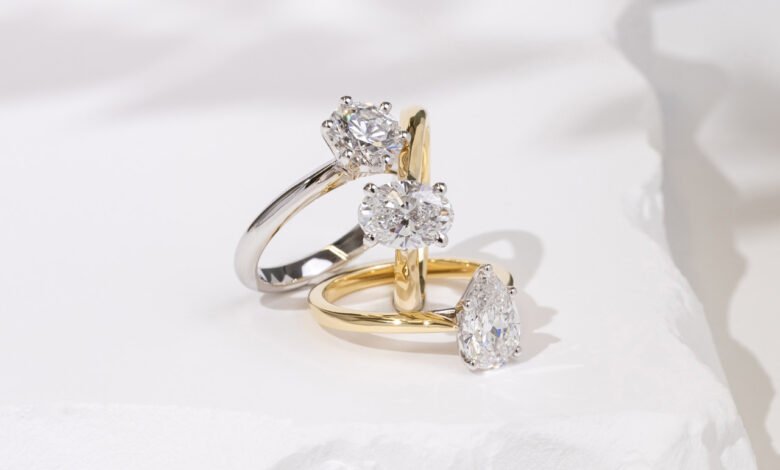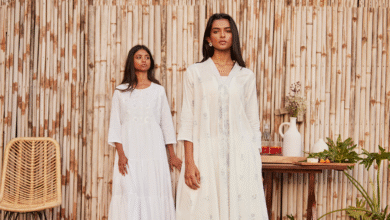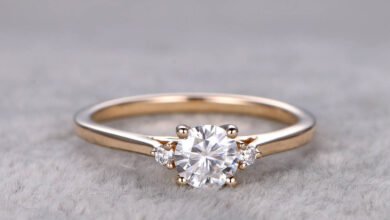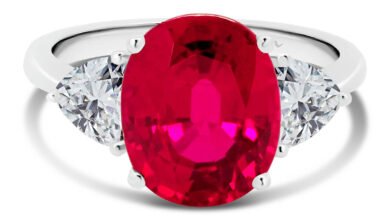Southern Sparkle: The Complete Guide to Choosing Engagement Rings in Melbourne

Introduction
Melbourne’s vibrant style scene makes it a fantastic place to find an engagement ring that reflects your partner’s personality and your shared story. Whether you’re drawn to classic solitaires, vintage settings, coloured gemstones, or a bespoke creation, buying an engagement ring here blends international standards with local craftsmanship. This guide walks you through the most important considerations style, diamond or gemstone quality, reputable certification, where to shop (including bespoke makers), budgeting, and how to ensure trust and authenticity. I’ve written this with an emphasis on clear, evidence-based advice and practical tips that align with principles: experience (what buyers should expect), expertise (technical points to know), authority (how to verify claims), and trust (how to protect your purchase). Use these sections to plan your visit, shortlist options, and feel confident in your decision whether you’re buying in-store or commissioning a tailor-made ring.
Choosing the perfect style
Choosing the ring style is where emotion and aesthetics meet practicality. Start by observing the wearer’s daily jewellery: do they prefer minimalist pieces or ornate, vintage-inspired designs? Consider metal choice platinum and 18K gold remain popular for durability and hypoallergenic properties, while rose gold offers a romantic, contemporary look. The centre stone defines the ring’s character: round brilliant cuts emphasize sparkle; emerald and Asscher cuts offer architectural elegance with step facets; cushion and oval cuts give a softer, elongated appearance. Don’t forget the setting: prong settings showcase maximum light return for diamonds, bezel settings offer security, and halo settings increase perceived size and brilliance. If your partner values sustainability or uniqueness, explore lab-grown diamonds or coloured gemstones like sapphires and morganite. Practicality matters too think about work, hobbies, and how the ring will be worn daily. Measure ring size carefully (or consult a jeweller for a professional sizing) and keep a short list of styles you both love it will speed up decision-making when you view options in person or online.
Understanding diamond quality and certification
When assessing diamonds, the classic “4Cs” Cut, Colour, Clarity, and Carat weight remain the clearest framework for comparing stones. Cut influences brilliance more than any other factor; a well-cut diamond can appear brighter than a larger, poorly cut stone. Colour grades describe how white (or colourless) a diamond is; slightly lower colour grades often remain indistinguishable to the eye once mounted. Clarity refers to internal inclusions and surface blemishes; many inclusions are microscopic and don’t affect visual beauty. Carat refers to weight and influences price strongly. Beyond the 4Cs, certification from a reputable gem lab (such as GIA or AGS internationally) provides independent verification of a diamond’s characteristics insist on a lab report and compare its specifics to the stone you’re shown. For coloured gemstones, ask for origin and any treatments. Melbourne buyers should also request written warranties, a return/exchange policy, and documentation of metal purity (e.g., 18K stamp). If ethical sourcing matters to you, seek vendors who disclose supply-chain and sustainability practices and who can demonstrate responsible sourcing policies.
Where to buy engagement rings in Melbourne
Melbourne offers a mix of established jewellers, independent designers, and bespoke studios each with different advantages. Established retailers can offer broad inventories, after-sales services, and recognizable certification standards. Independent designers and bespoke workshops excel at personalization: they’ll take time to craft a unique ring fitted to your story. Regardless of store type, prioritize vendors that provide clear documentation (gem reports, metal stamps, receipts), transparent return and insurance policies, and visible customer reviews or testimonials. Ask about resizing policies, maintenance services (polishing, prong checks), and whether the vendor partners with accredited gemologists for appraisal. If considering lab-grown diamonds or non-diamond centre stones, confirm the labelling is explicit and that prices reflect market expectations. Try to view stones in person under natural light when possible, or request calibrated images and videos if shopping online. For peace of mind, choose sellers who allow independent appraisals within a reasonable timeframe. Finally, confirm any customs, shipping, or insurance terms if you’re ordering from a specialist outside your immediate area.
Budgeting, customization and practical tips
Set a clear budget range before you start shopping this keeps options realistic and helps you compare offers effectively. Remember that carat weight has a non-linear impact on price; often, slightly under popular carat milestones (e.g., just under 1.00 carat) can yield better value while appearing visually similar. Consider reallocating budget between stone and setting: a smaller high-quality diamond in a halo or well-crafted setting can look grander than a larger low-quality stone. Customization is a great way to control cost and style choosing a bespoke setting with a responsibly sourced centre stone lets you prioritize the attributes most important to you. Always ask for a written quote that itemizes stone, setting, labour, taxes, and warranty. Insure your ring promptly and keep all documentation in a safe place. When planning a surprise, obtain a temporary ring sizer or borrow a ring to estimate size; many jewellers offer discreet sizing services. Finally, allow time for custom work or engraving rush jobs often cost more and can compromise quality.
FAQs
Q: Should I choose a lab-grown or natural diamond?
A: Lab-grown diamonds offer the same physical properties as mined diamonds but often at lower cost and with clearer provenance. Natural diamonds may retain resale or sentimental value for some buyers. Decide based on your values and budget.
Q: How important is diamond certification?
A: Very important. A gem lab report from a reputable lab documents the diamond’s attributes objectively and protects you from misrepresentation.
Q: Can engagement rings be resized later?
A: Most rings can be resized, but intricate settings or certain metals (like some plated or alternative metals) may complicate resizing. Confirm the jeweller’s resizing policy before purchase.
Q: Do I need insurance right away?
A: Yes. Insure the ring as soon as you buy it many insurers require an appraisal or receipt. Temporary coverage through home or renters insurance is sometimes possible until you purchase a specialist policy.
Q: What maintenance does a ring need?
A: Regular cleaning, annual prong checks, and professional polishing every few years keep a ring secure and sparkling. Follow the jeweller’s care instructions for specific metals and stones.
Conclusion
Buying an engagement ring in Melbourne is both a personal journey and a practical transaction. By clarifying style preferences, learning the essentials of diamond quality and certification, choosing reputable sellers, and planning your budget and insurance, you’ll balance emotion with smart buying practices. Whether you opt for a classic diamond solitaire from a trusted retailer or a bespoke gemstone ring crafted by a local studio, prioritizing documentation, responsible sourcing, and after-sales support will protect your investment and amplify the meaning behind the ring. If you’d like, I can now convert this into a formatted blog post (with headings optimized for SEO), create social meta tags, or draft clickable headings for your website tell me which you prefer and I’ll prepare it.



